Zeroing in on central Wiltshire for a weekend escape to the country has opened my eyes to a time in history that, when I lived there, seemed to have passed me by.
Staying in Marlborough, a town with the widest high street in the UK and a well-known public school, has helped to improve my wartime education no end.
When I lived near the town, way back in the 60’s, I had no notion that the fields that I played in and the canal I fished in were planned to be killing fields for Nazis in 1940.
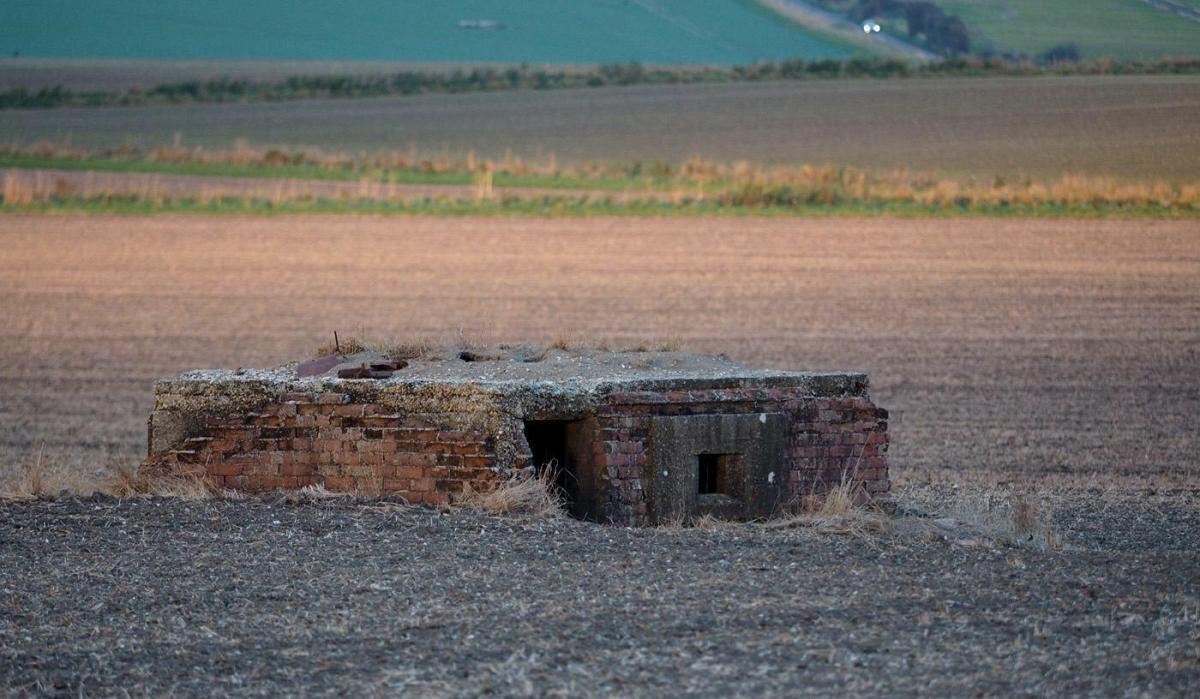
Picture Copyright © www.thetraveltrunk.net
The ‘General Head Quarters Line’, or GHQ Line, used the east-west running Kennet and Avon Canal as part of a key static defensive line designed to hold back Hitler’s troops had they landed on the South coast of England and established a foothold. This would have been the line where an entirely different “Battle of Britain” was to be fought, if the invading army’s jack-booted march to the Midlands and Britain’s industrial heartland was to be prevented.
What started as a series of canal walks over a weekend break ended in a history lesson for me!

Picture Copyright © www.thetraveltrunk.net
I soon noticed a profusion of World War II bunkers, pillboxes and anti-tank structures along the canal. It was obvious that something was afoot, and a quick Internet search soon revealed more of the story.
In my childhood the bunkers and buildings were generally off limits as scary dark places but on this latest trip I was starting to spot a number, and with torch in hand, investigate them more fully.
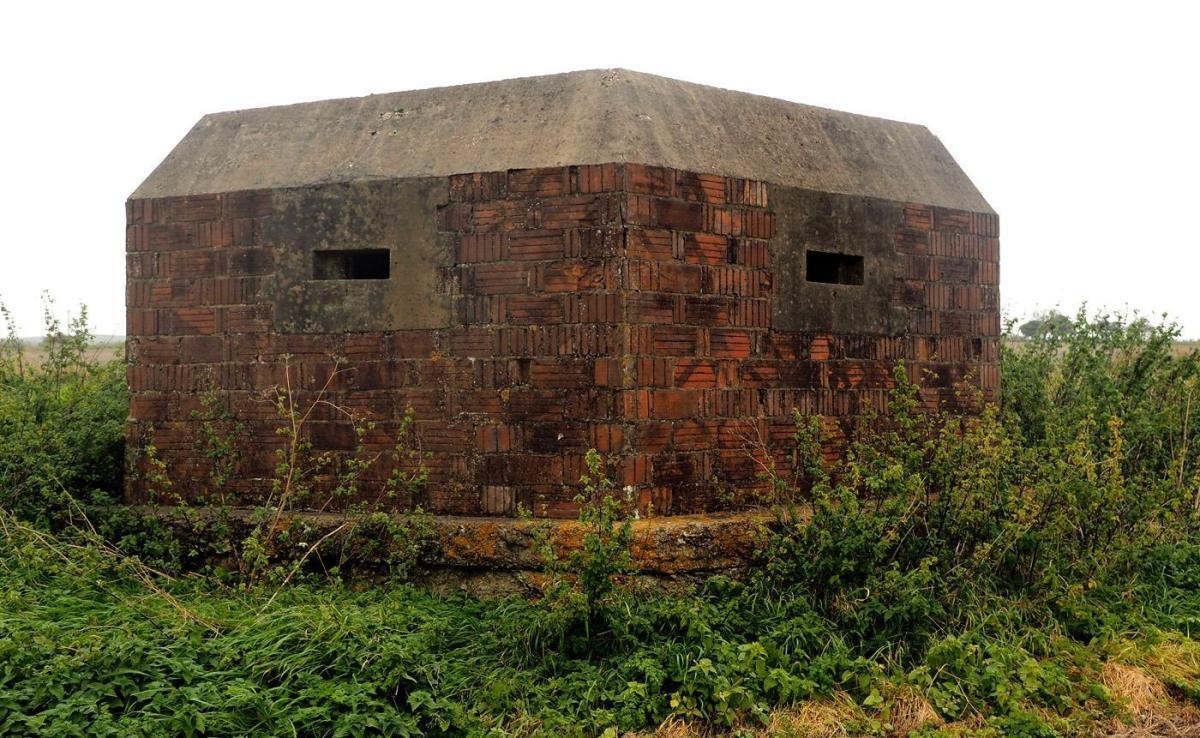
Picture Copyright © www.thetraveltrunk.net
Most are located within a shortish walking distance north of the canal and from those pillbox vantage points in 1940 the fields of fire would have rained down on the assaulting troops and tanks as they closed in on the canal from the south.
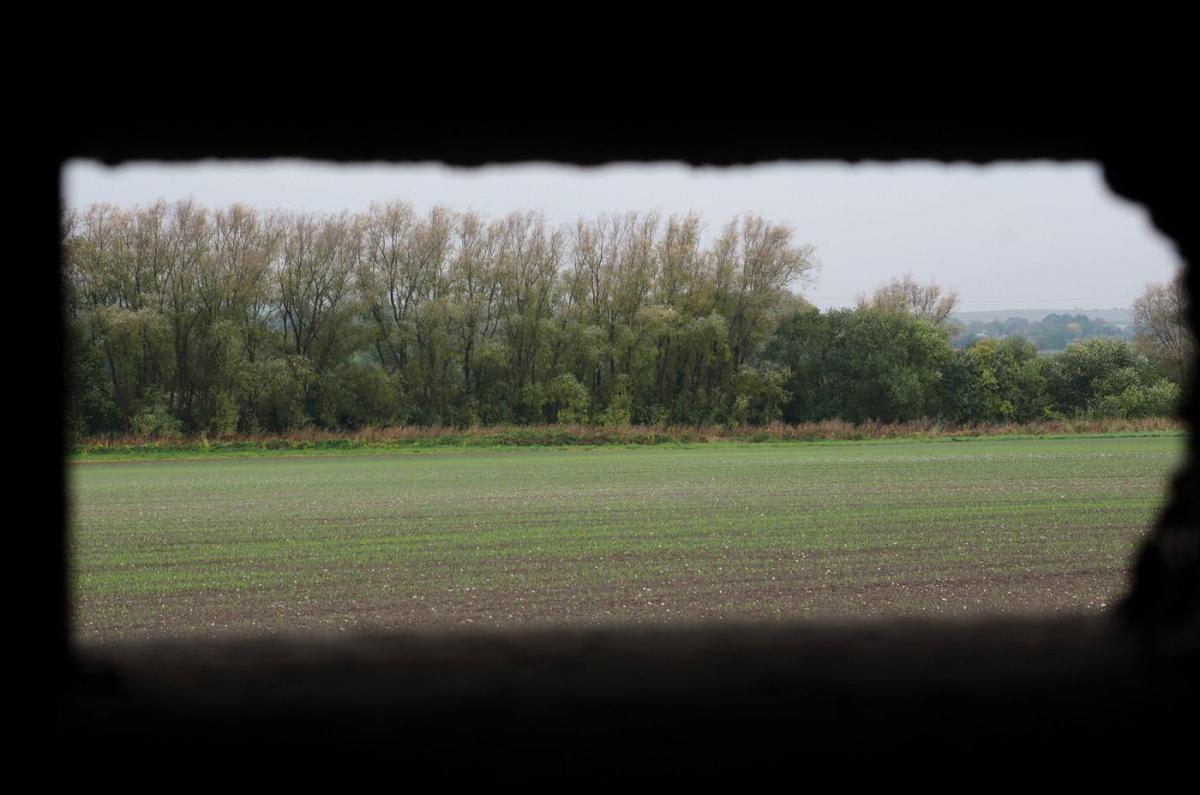
Picture Copyright © www.thetraveltrunk.net
The GHQ line ‘Blue’ ran from Reading in the east to Bradford-on-Avon in the west – a front of around 60 miles. Scattered along that section there are literally hundreds if not thousands of structures most of which were built shortly after the evacuation from Dunkirk in 1940.
This was a time when Britain was at it most vulnerable to attack. It had left a massive amount of its armour and equipment on those beaches of Northern France and an early invasion was both feared and expected. Indeed the Germans were already planning their invasion, operation ‘Sea Lion’.
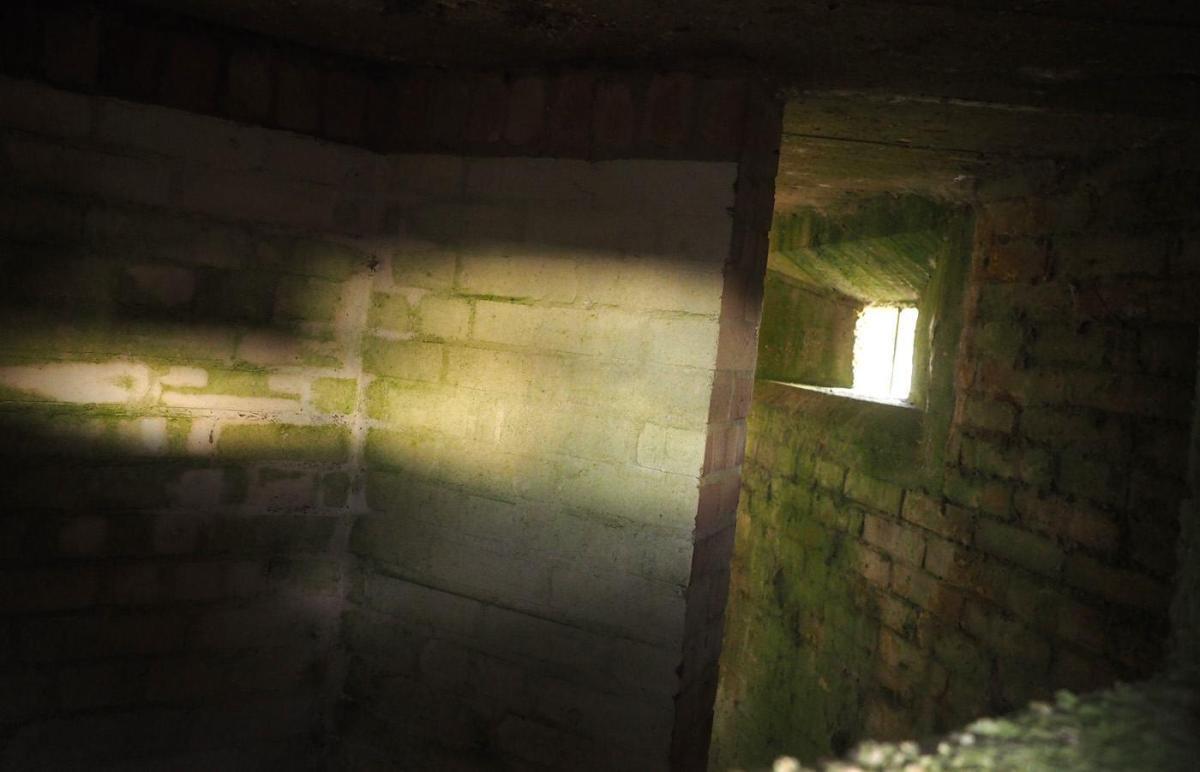
Picture Copyright © www.thetraveltrunk.net
Hastily built defences were ordered and constructed by local contractors working to pre-designed War Department plans. Mainly they were to be staffed by ‘Dad’s Army’ or Home Guard volunteer soldiers.
In all there was around 7 different basic designs, some suited for anti-tank guns, mortar, machine or ‘Bren’ gun positions. Most had a central anti-ricochet and deflection wall to stop direct fire into the entrance and also from random incoming rounds entering through the narrow outward firing slots and bouncing around injuring the occupants.
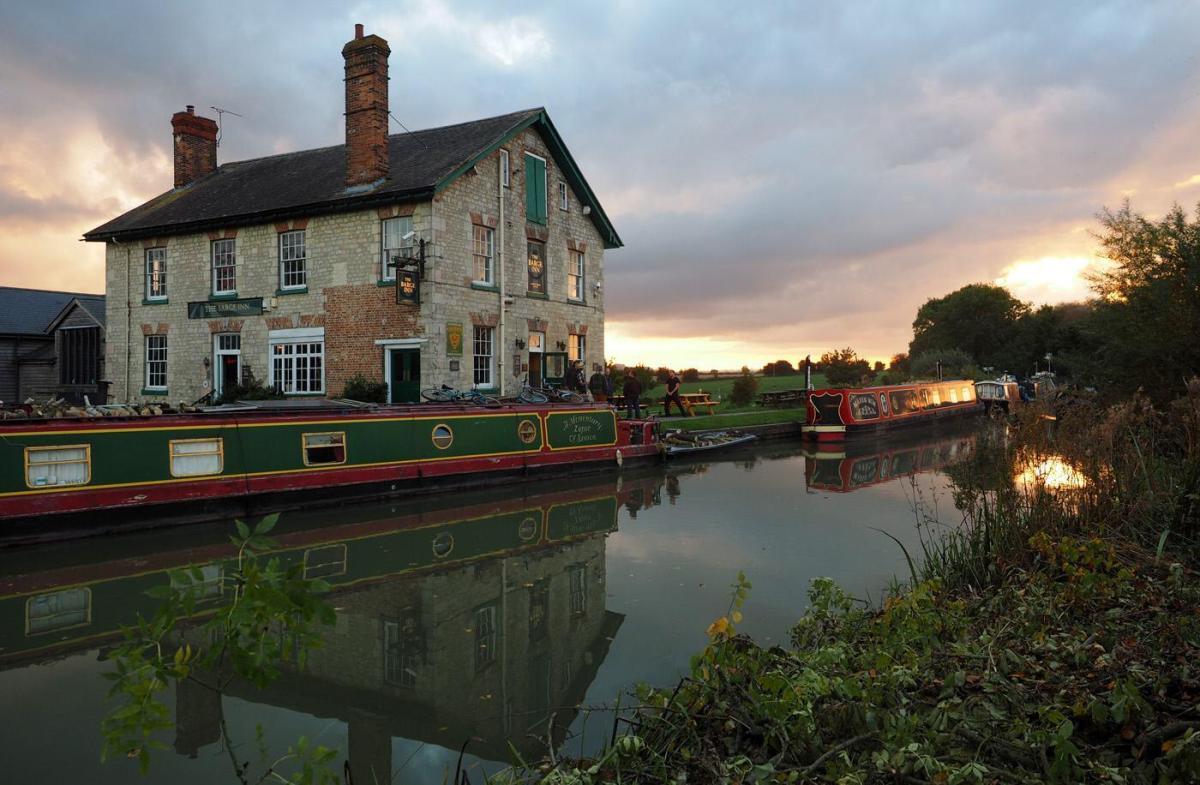
Picture Copyright © www.thetraveltrunk.net
My start point on this trip was the canalside Barge Inn at Honeystreet near Alton Barnes (“The only pub in the country endorsed by CAMRA, the SETI (Search for Extraterrestrial Intelligence) Institute and the Rolling Stones” – The Guardian). A short stroll takes you back over the canal bridge and along a private road on the northern side, then into the field at the end. Almost opposite the pub it is possible to find not just one but three pillboxes two in the middle of the field and one next to the canal itself.
Other structures such as anti-tank cylinders can be found often adjacent to the entrances to bridges that cross the canal, although many have been removed over time.
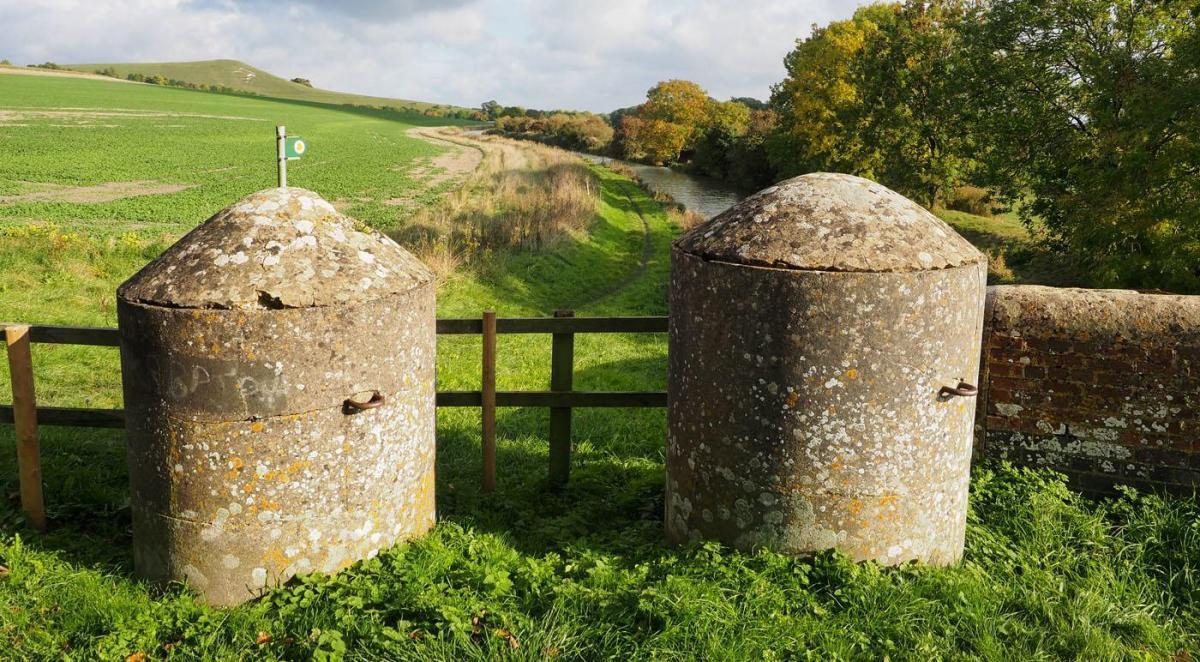
Picture Copyright © www.thetraveltrunk.net
The canal would have been a major obstruction to the invading army too. And no doubt the whole length of its southern side would have been mined for sure if needed. But back then it had fallen into disrepair and was not the water filled obstruction that you see today, walking along its now tranquil towpath.
Getting enough water into the canal was always a problem and the pumping station at nearby Crofton (an industrial heritage gem today and well worth a visit, although closed in the winter) may well have been a bombing target for the Germans in advance of their invasion in order to keep the canal as dry as possible.
However with further heavier artillery assets bearing down on the approaching invaders coming up from the south this section of Wiltshire could have been the major killing field. Criss-crossed by fire from those bunkers, pillboxes and probably from longer range guns from cover behind the high chalk downs 2 miles away it had all the makings of a classic military confrontation which, thankfully, in the end never happened.
The canal today carries a stream of narrow boating holidaymakers and enthusiasts from London to Bristol. It once carried vital goods in the 19th century for export and import east and west and even today it carries another high-speed stream. Broadband via fibre cables that run along under its towpath that were installed a few years ago.
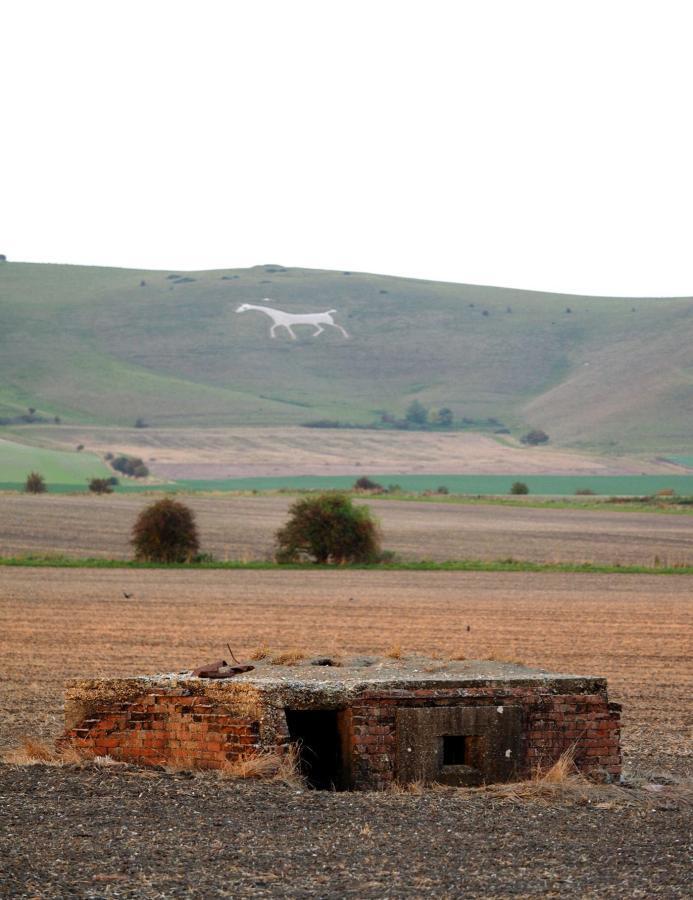
Picture Copyright © www.thetraveltrunk.net
This was a week-end get away that turned into a history lesson. Maybe at the time of my youth when I lived at Stanton St Bernard I just did not understand or indeed appreciate these historic artifacts. However in later life you comprehend much better and ponder what might have been!
(Feature image: Anti-tank cylinders. Picture Copyright © www.thetraveltrunk.net)

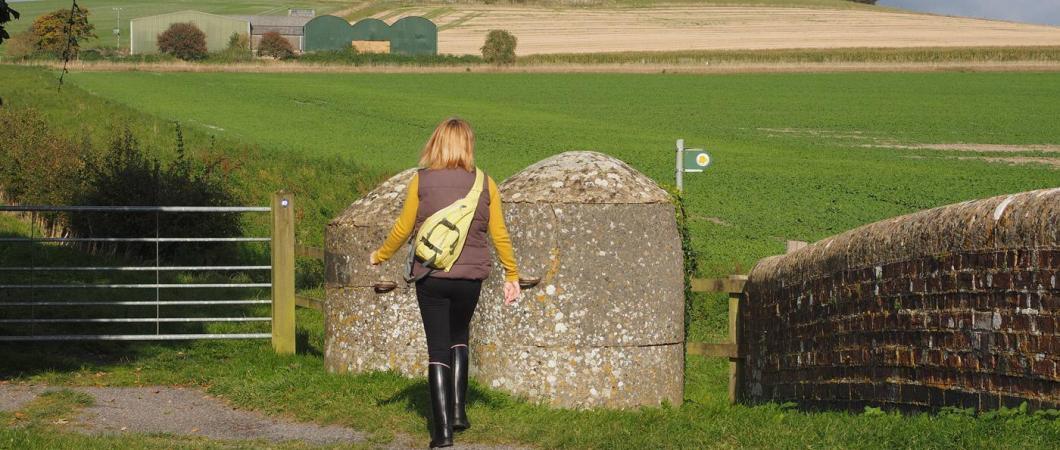


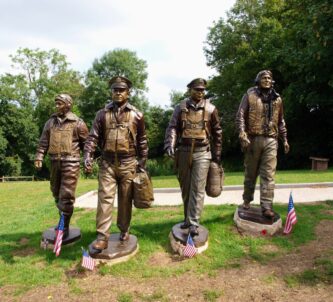
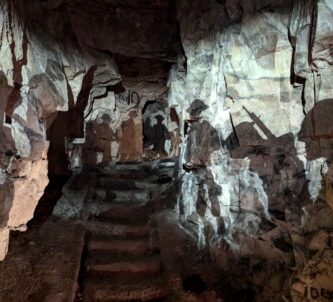


I am sure Matthew now that you know about the defences you will spot more along the canal as you head East from Devizes. I grew up at Stanton St Bernard and I was really aware of the structures at that time. However after I left the county it was much later that I found out about the role that was planned for them by the Army.
Nice one.
I live in Devizes and walk my Dog down a pathway adjacent to the canal, around a pillbox, over the bridge and down the Canal. This particular one is sealed up. The one in Horton is probably the next one down the line. Interesting stuff!
Nice article. Worth pointing out that the GHQ line defences were constructed for and manned by the regular Army, not the Home Guard. Not sure where this comes from but it seems to be a very common misconception.
The Home Guard were initially responsible for reporting the location of paratroops, operating roadblocks and in some cases defending smaller nodal points. By the time the Home Guard took responsibility for defending defended localities, anti-tank islands and further nodal points the GHQ line had been disbanded, with many of the remaining pillboxes being incorporated into anti-tank island, nodal point and vulnerable point defence schemes.
Good point. I guess the idea persists because the regular Army was only manning the defences briefly. I imagine the pressure was on to get many of them re-equipped, re-trained, re-organised and into the defence lines quickly after their return from Dunkirk at the height of the threat of invasion. So the public would have been aware of reserves & Home Guard manning the lines initially, and then again as the threat subsided.
I am curious about the role of the secret army based at Coles Hill near Highworth.
Please correct me if I am wrong, but I have always believed that they were basic Dads army recruites specially trained for their covert role, and nothing to do with the regular army.
Far from it. The secret army was trained to let the invaders roll over them, and then emerge to create chaos in the rear supply area of the German’s.
Many were local landowners and knew their home area extremely well.